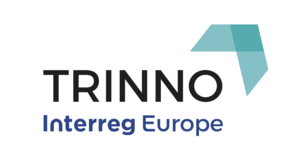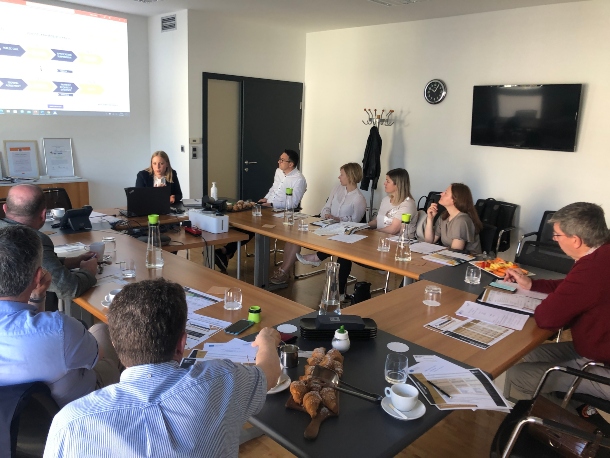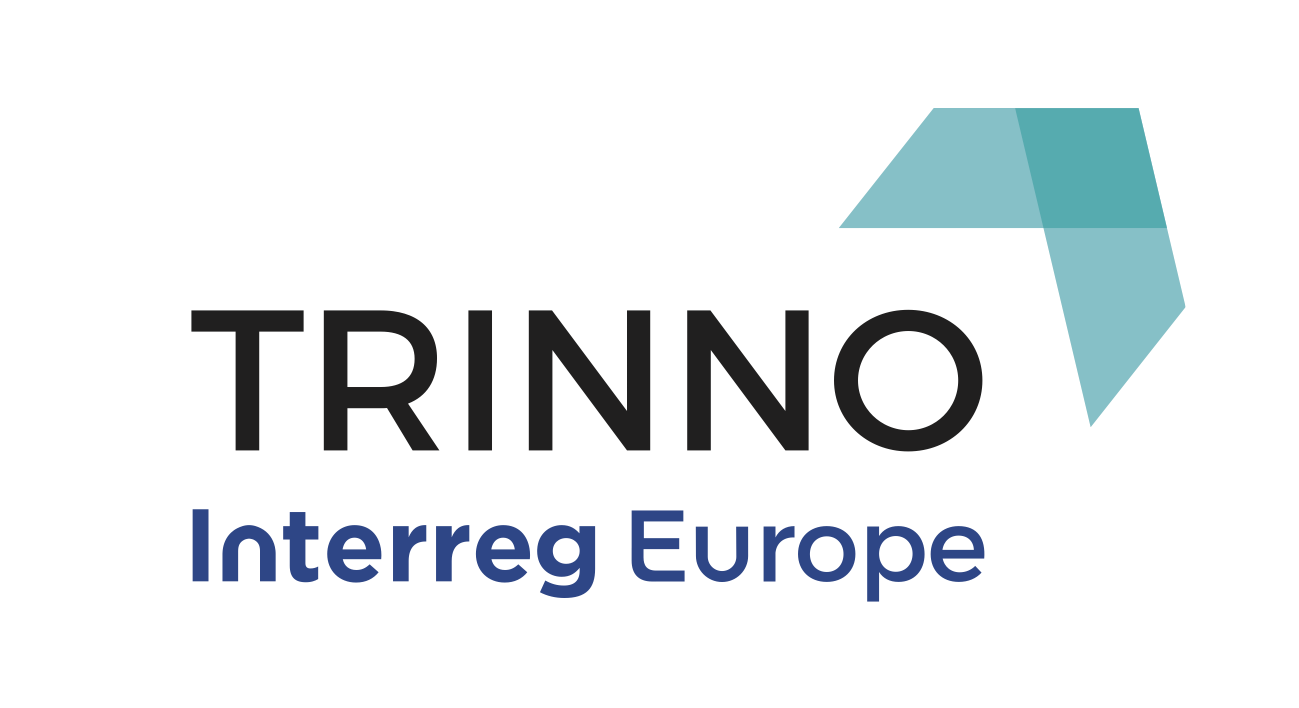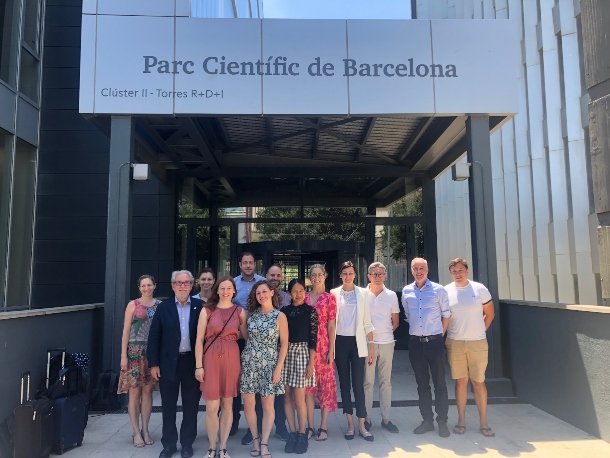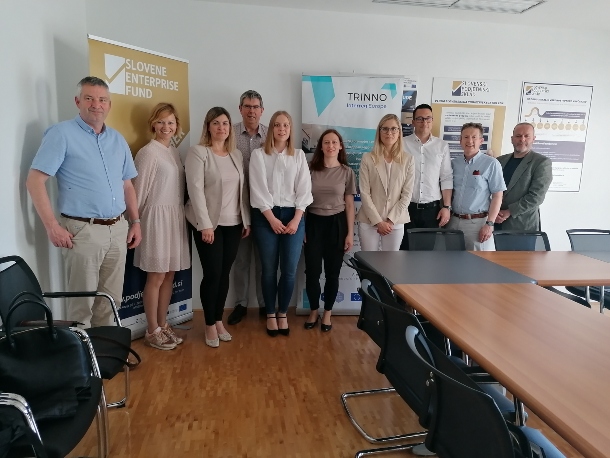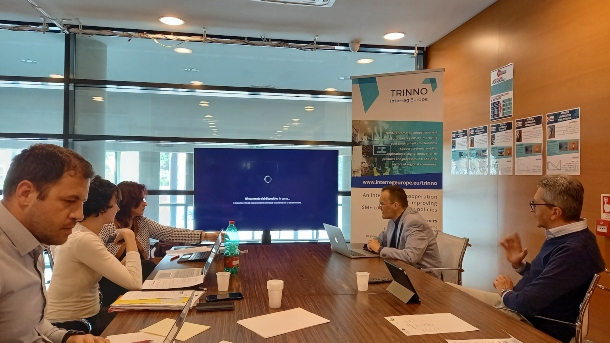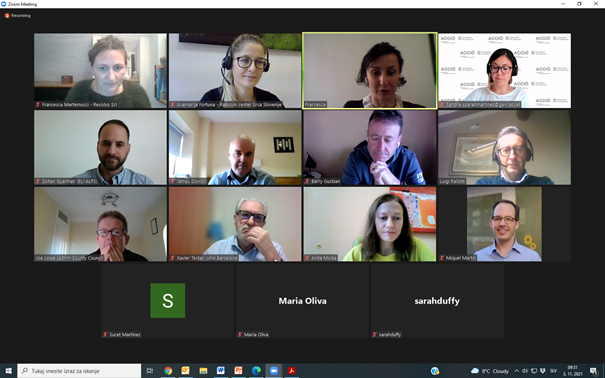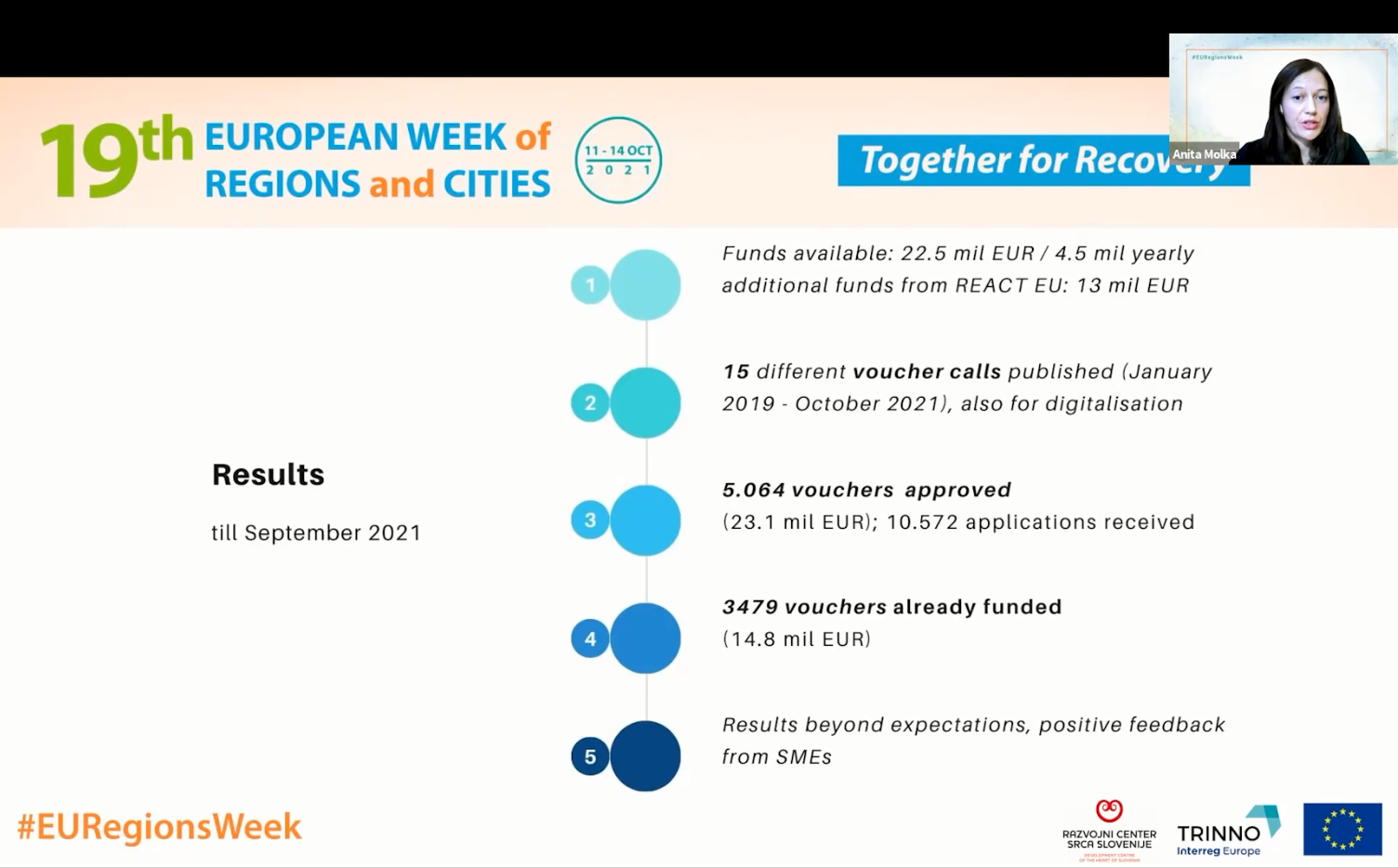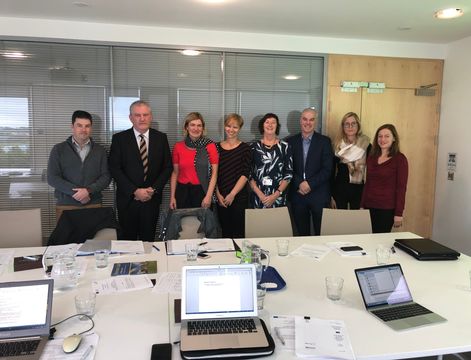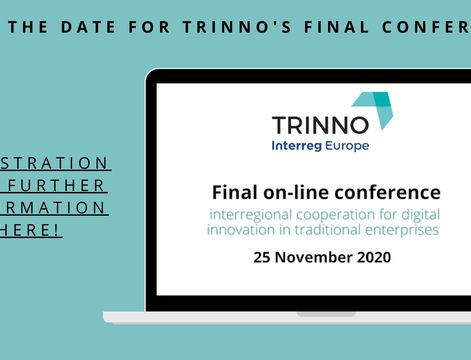Jordi Garcia Brustenga, expert of the UB team, travelled to Florence and Arezzo these days and met some representatives of the TRINNO project, the Arezzo and Tuscany innovation policies and local researchers on the same topic. The three main goals of the event were to review the current learning pathway of the project, as advising and lead partners, to analyse more deeply the case study of Arezzo innovation policy, being specially inspired by Catalonia experience and to write a scientific article (in the framework of the project), co-written with Giulia Lazzeri (PhD, Scuola Superiore Sant’Anna, Pisa), representative of the advising partner of another Interreg project (RELOS3 www.interregeurope.eu/relos3) and from September 2017 also member of the Arezzo Innovazione team in TRINNO. These kind of actions will be called “Staff exchanges” and will try to go deeper in the transmission of good practices within the partners in semester 5 of the Interreg Europe TRINNO project.
During preliminary staff exchange, the following results and comments were delivered.
The participants discussed about some ideas about the project knowledge generation. On one hand, digital Innovation is differently understood by the different partners (by their cultural framework, language, etc.), so it is important to have a common understanding of the basic project background and a key concepts glossary. As an output of the discussion, it was decided to include in the last day of the next international Learning Event in Szeged a workshop titled ”Back to Scratch: co-creation of a shared glossary on digital innovation”. This section will provide partners with a focus on a common understanding of “Digital Innovation” and of a number of terms being using in the general project framework. The aim of this workshop is to discuss what we really mean by terms such as policies, policy instruments, services, digital innovation and digital society. This will support partners as they move forward from the Dream Action Plan, to the real Action Plan.
On the other hand, the partners agreed that Catalonia and Tuscany can learn together how to decline RIS3 at the operative / local level. Universitat de Barcelona described some of the cases of different local RIS3 plans designed in the framework of Catalan PECT (Projecte d'Especialització i Competitivitat Territorial) policy instrument. It was specially commented the case of Sabadell city Area, one of the best projects, in the opinion of Jordi Garcia. This city chose industrial design and innovation as its specialisation domain. The plan has got its concrete objectives, actions, budgets and timings and has to be delivered from September 2017. It was also shared the case of L'Hospitalet del Llobregat, the second city of Catalonia, by population. It was useful to both Arezzo Innovazione and Tuscany Regional Government, represented in the staff exchange meeting by Emanuele Fabbri, Planning and Evaluation Officer at the Regional Government of Tuscany (ERDF ROP Managing Authority). He has responsibilities in the design and follow up of the policy instruments related to innovation promotion and RIS3 in the region and he suggested to analyse the opportunity of trying to develop similar projects in Toscana, perhaps chosing Arezzo as a pilot. Already in Arezzo, some ideas about this pilot project of RIS3 focused in Arezzo were discussed. Industrial innovation applied to jewellery and fashion seemed to be an adequate specialisation area to start the entrepreneurial discovery process with.
Finally, a final version of the scientific paper above mentioned was finished by both researchers (Giulia Lazeeri and Jordi Garcia Brustenga), with the title ”Dalle strategie all’attuazione: sfide in corso nell’implementazione delle RIS3 e il ruolo della dimensione locale”. In the paper, sent to the scientific magazine Eyesreg (http://www.eyesreg.it/), there was made a reference to TRINNO project, as the place of inspiration, together with RELOS3 project, of the theory exposed in it.
Both TRINNO partners agreed on the value of this kind of bilateral meetings, called ”staff exchange”. This first experience will be used to design the following ones, to be held in some months.
